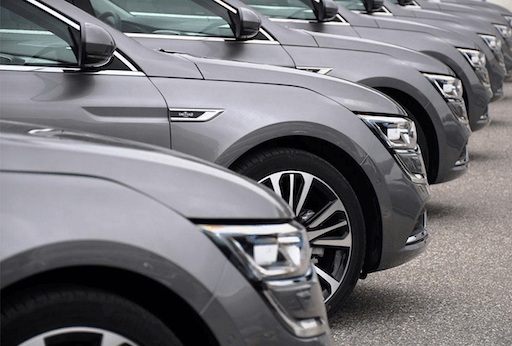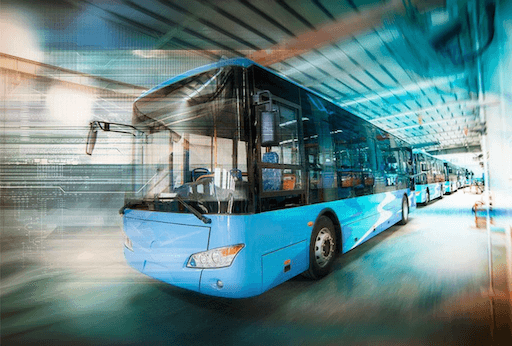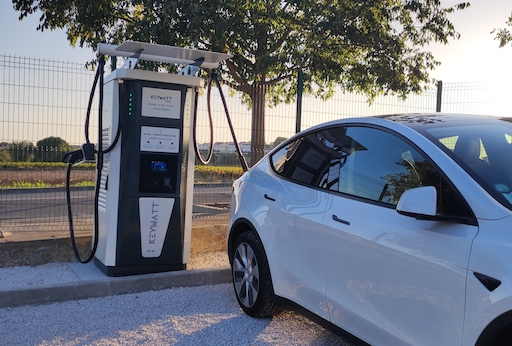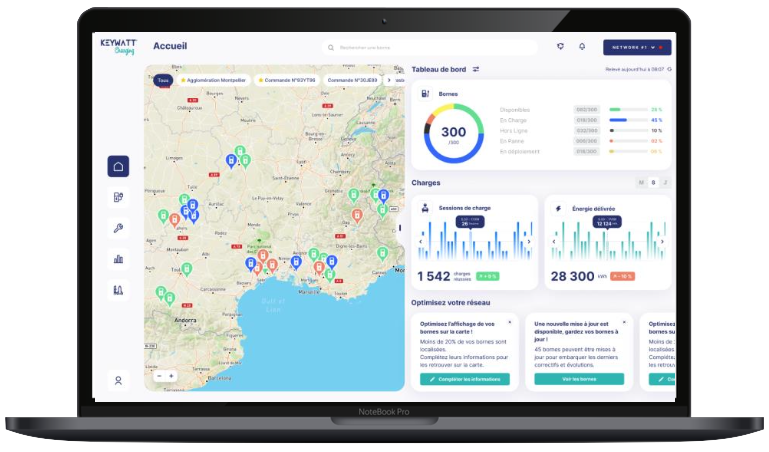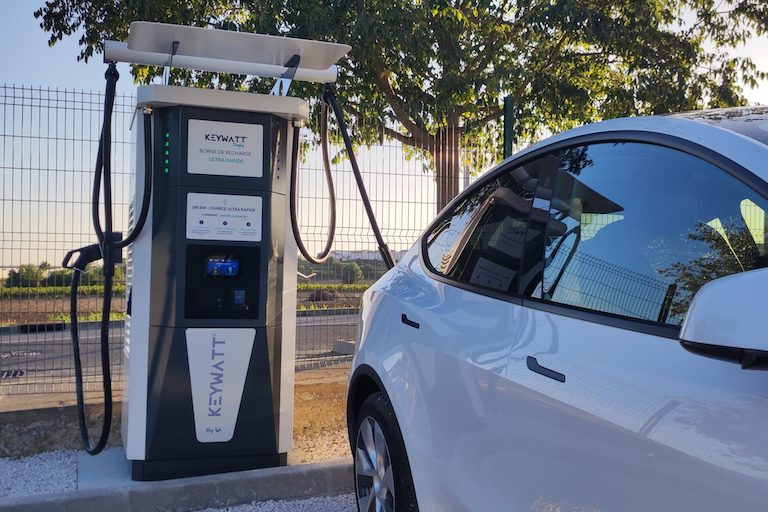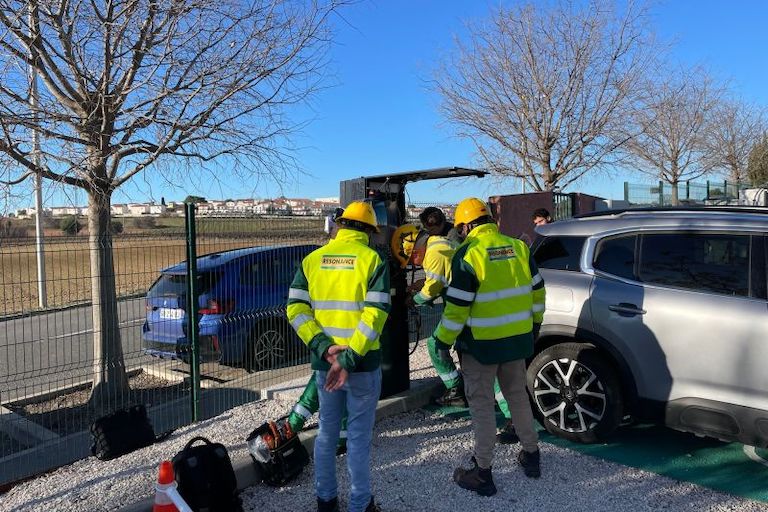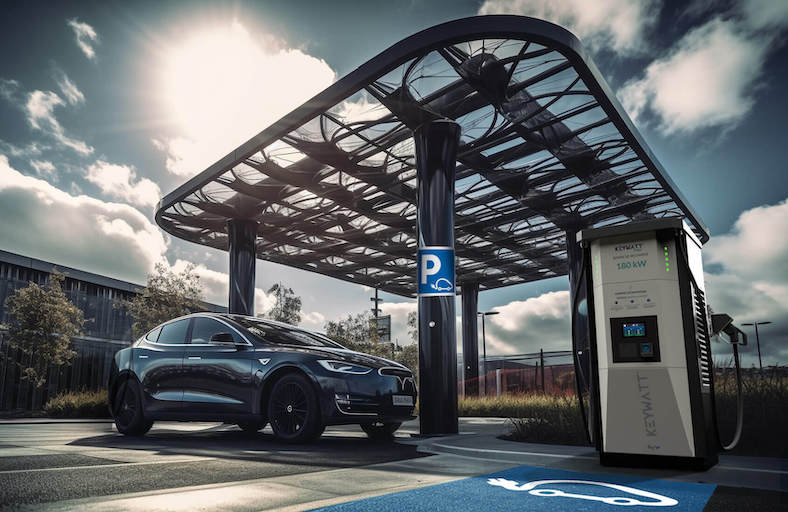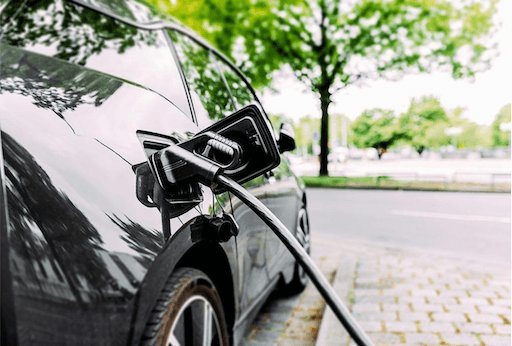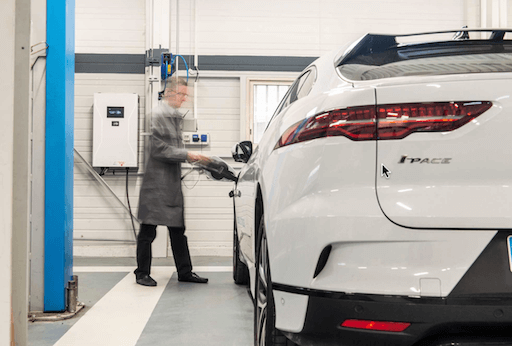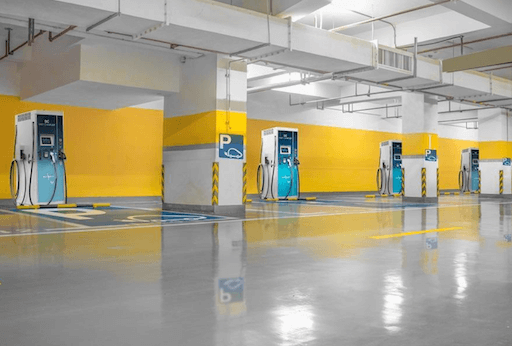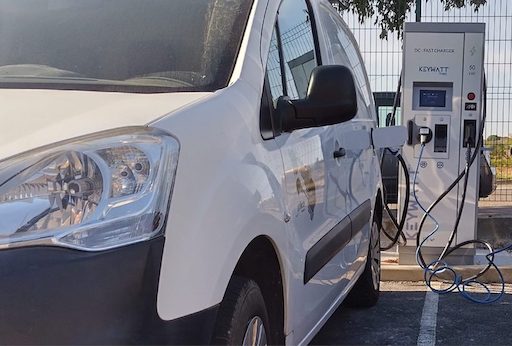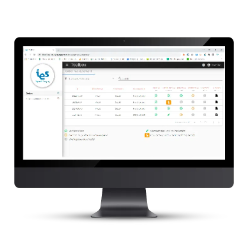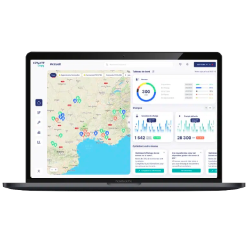Energy of tomorrow, today
OUR MISSION
Contribute to the decarbonization of mobility by providing charging solutions that are easy to deploy, efficient to operate, and aligned with their ecosystem.
OUR SOLUTIONS
OUR PRODUCTS AND SERVICES
CHARGING STATIONS
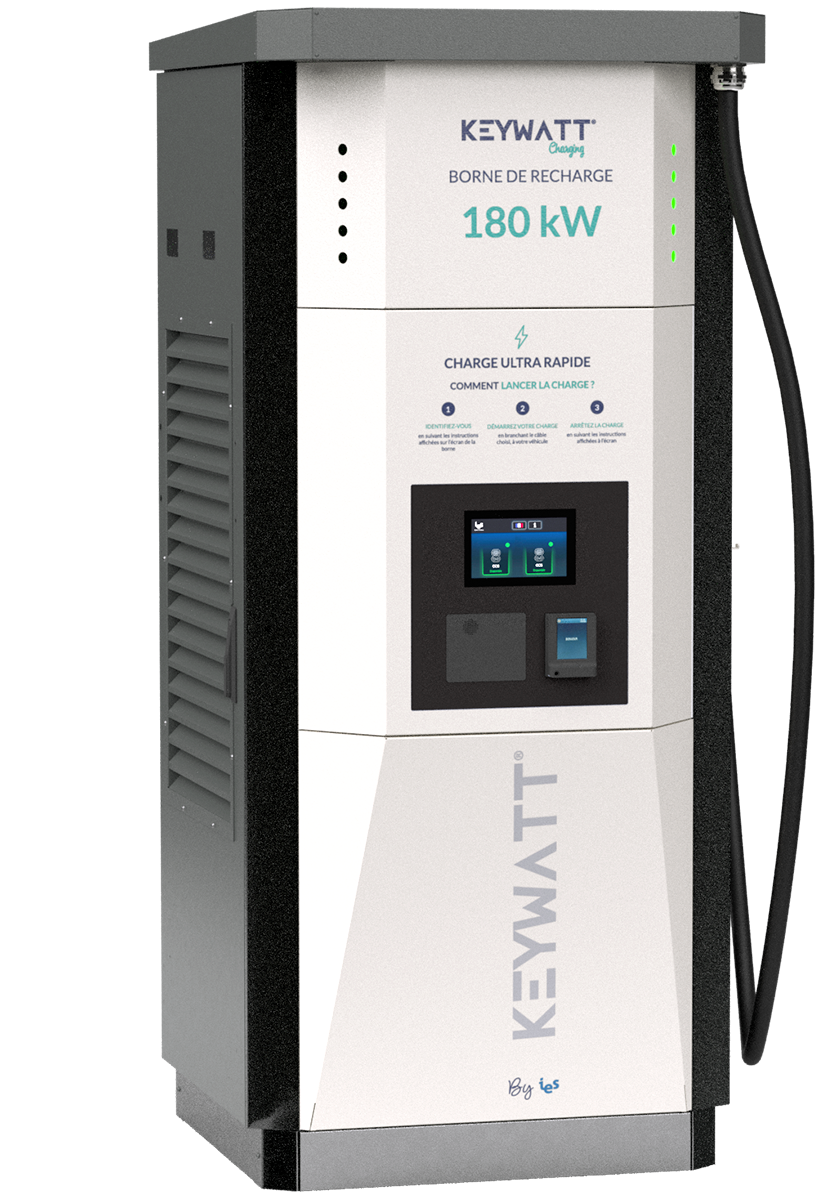
KEYWATT® S180
Developed to meet the need for ultra-fast charging on highways or in shopping center parking lots, and for charging heavy-duty vehicles, especially in depots.
- Designed to charge both light vehicles and heavy-duty vehicles.
- Deployed in private or public parking areas.
- High maintainability by design.
- A product optionally equipped with a POS terminal and a certified DC meter
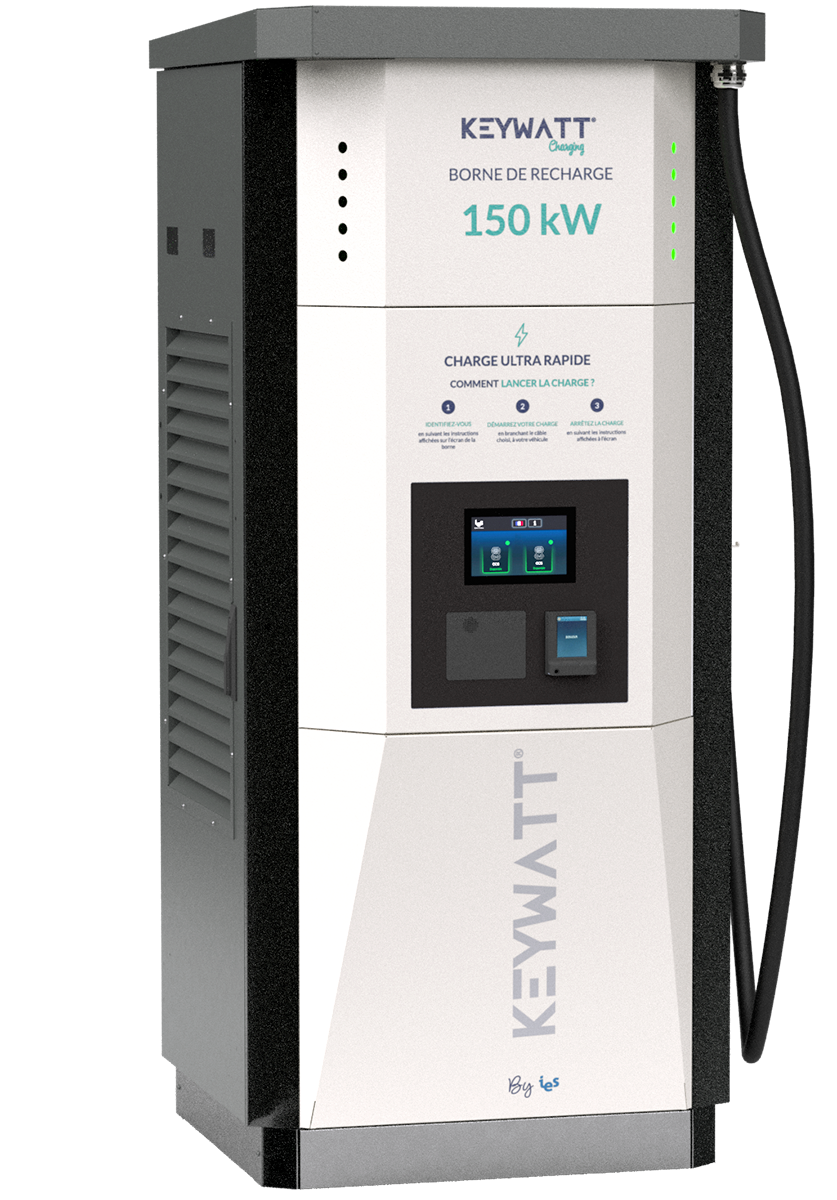
KEYWATT® S150
Developed to meet the need for ultra-fast charging on highways or in shopping center parking lots, and for charging heavy-duty vehicles, especially in depots.
- Designed to charge both light vehicles and heavy-duty vehicles.
- Deployed in private or public parking areas.
- High maintainability by design.
- A product optionally equipped with a POS terminal and a certified DC meter
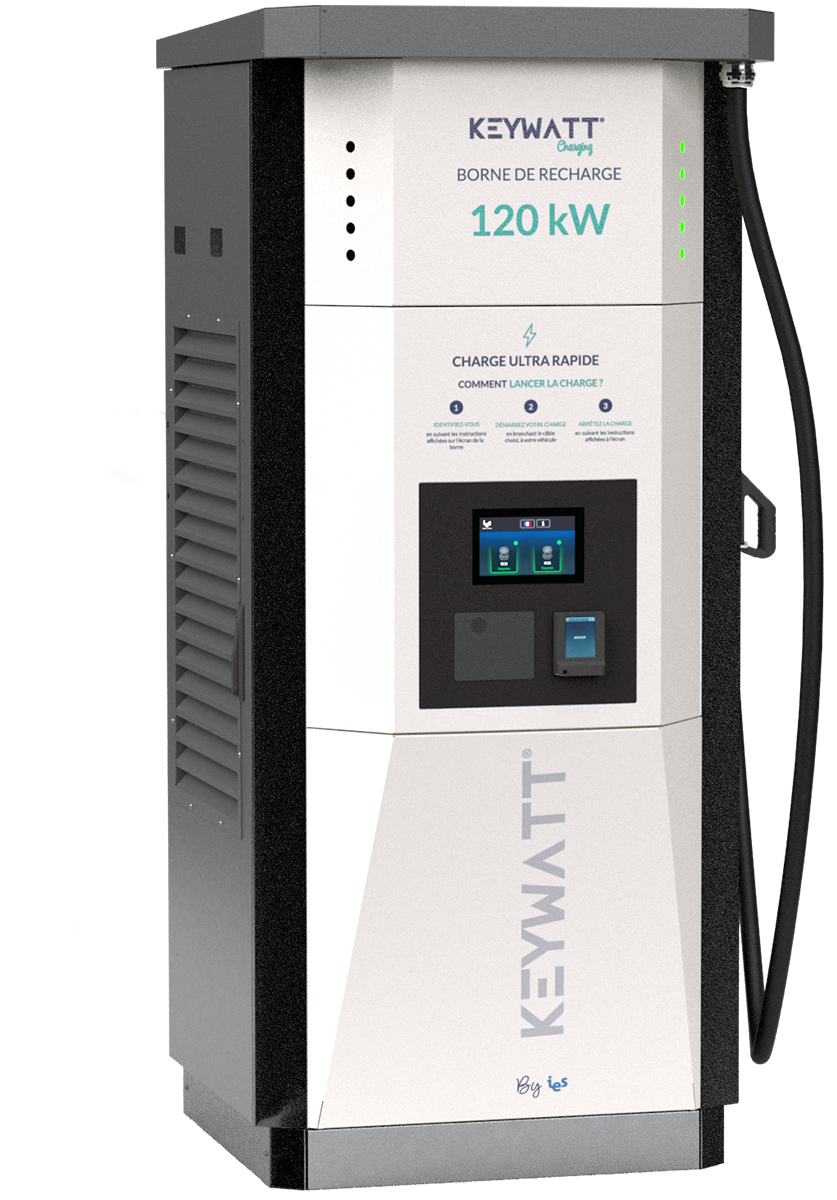
KEYWATT® S120
Developed to meet the need for ultra-fast charging on highways or in shopping center parking lots, and for charging heavy-duty vehicles, especially in depots.
- Designed to charge both light vehicles and heavy-duty vehicles.
- Deployed in private or public parking areas.
- High maintainability by design.
- A product optionally equipped with a POS terminal and a certified DC meter
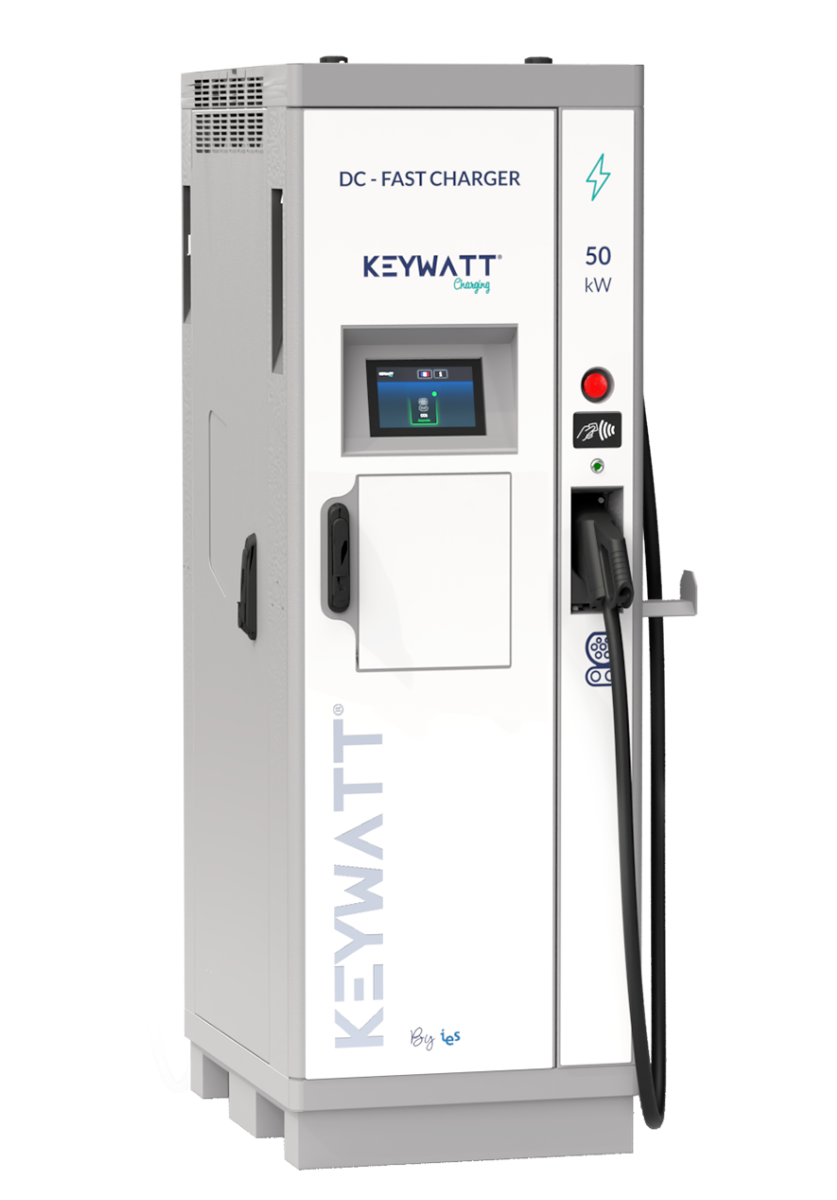
KEYWATT® S50
Developed to meet general needs for fast charging, on-street, on highways, or in private enterprises parking lots.
- Deployed in private or public parking areas.
- Cooling without a filter.
- A product optionally equipped with a POS terminal since 2022.
- A certified DC meter for the French market starting in 2024.

KEYWATT® S24
Designed to be deployed on-street and enable everyone to recharge quickly, including in urban areas, at a contained cost.
- The benchmark for urban DC charging in France.
- A user-oriented charging station.
- Cooling without a filter.
- A product optionally equipped with a POS terminal since 2022.
- A certified DC meter for the French market starting in 2024.
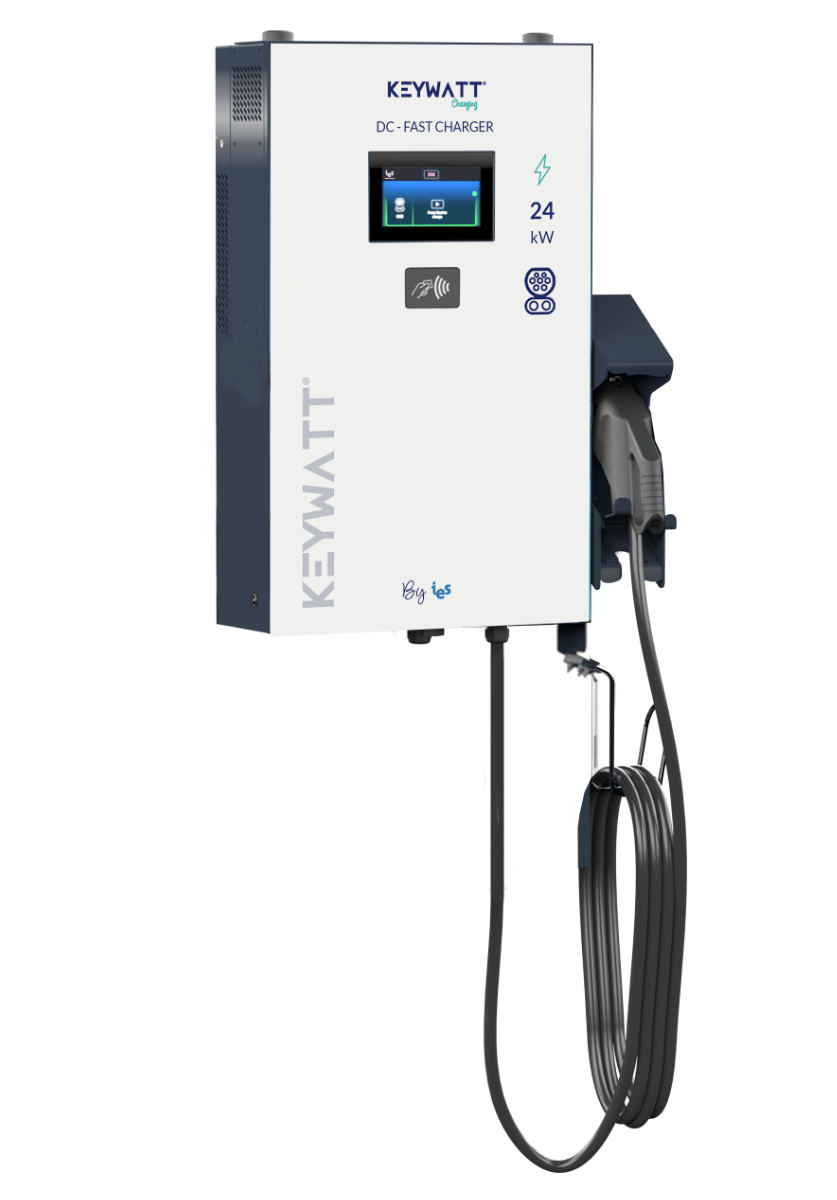
KEYWATT® W24
With its compact design, the KEYWATT® W24 has been providing the easiest and most economical solution for quickly charging electric vehicles in Europe and North America for nearly 10 years.
- Deployed in Europe and North America.
- Cooling without a filter.
- Offers multiple equipment combination options.
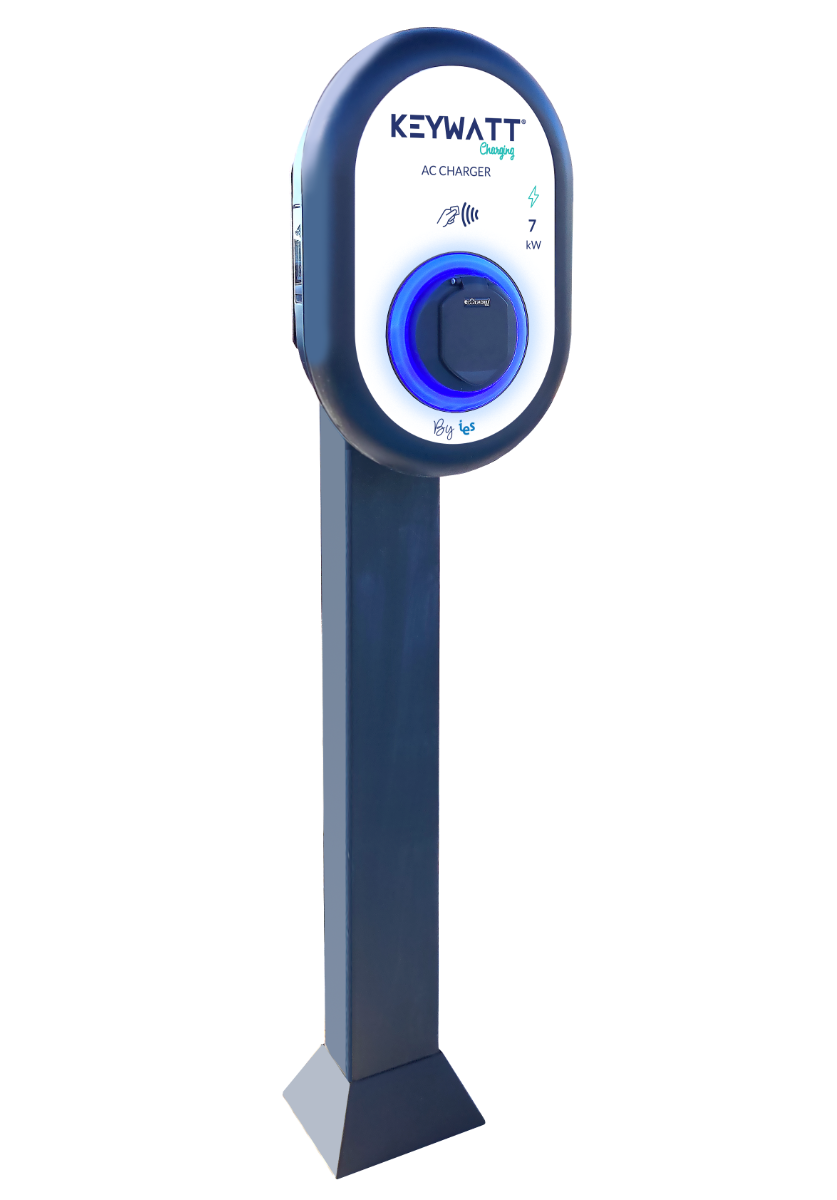
KEYWATT® W7a
The KEYWATT® W7a is the first AC wallbox offered by IES SYNERGY. It has become an important component of our offering for charging in private parking lots. Its front-facing T2S socket allows for a wide variety of installations and the smoothest possible charging experience.
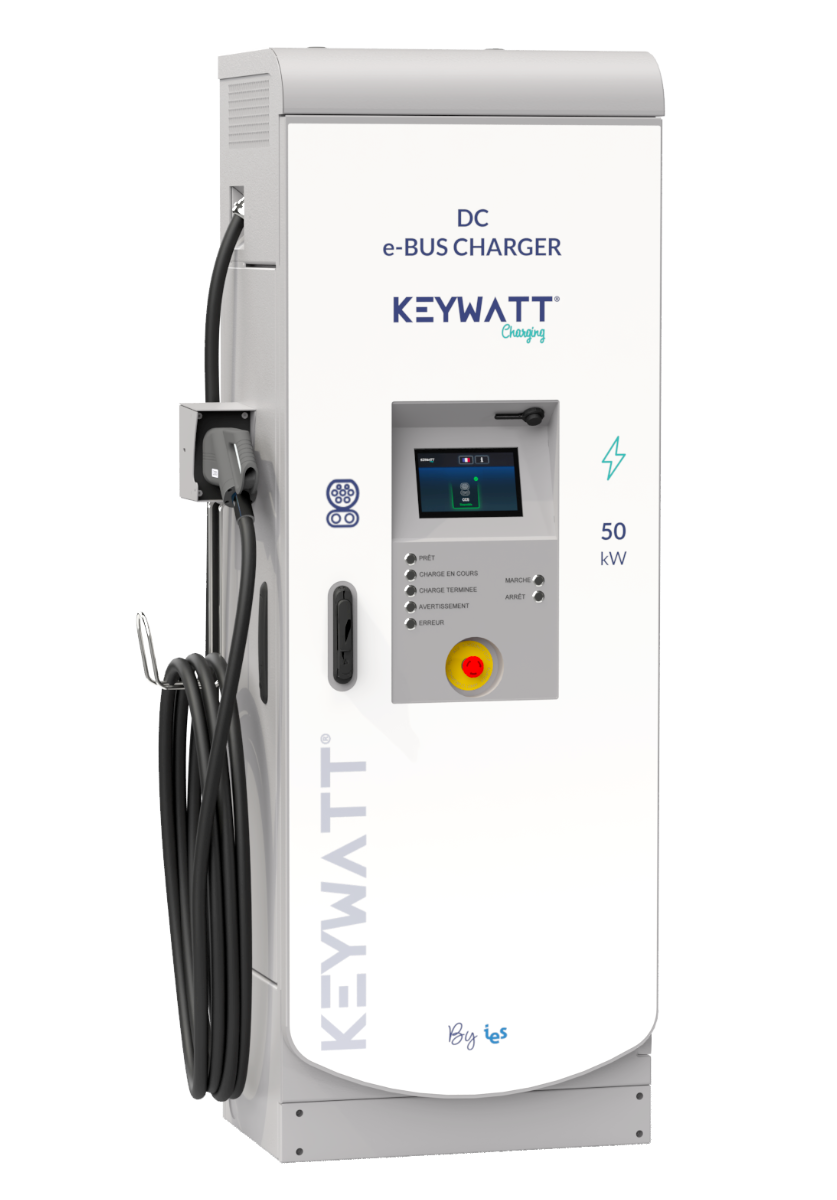
KEYWATT® B50
Developed exclusively for depot charging of electric heavy-duty vehicles, the B50 stands out from its competitors with its reduced footprint and filterless cooling system.
- A charging station developed for bus & truck depots.
- A simple user interface.
- A model compatible with many heavy-duty vehicles.
- Cooling without a filter.
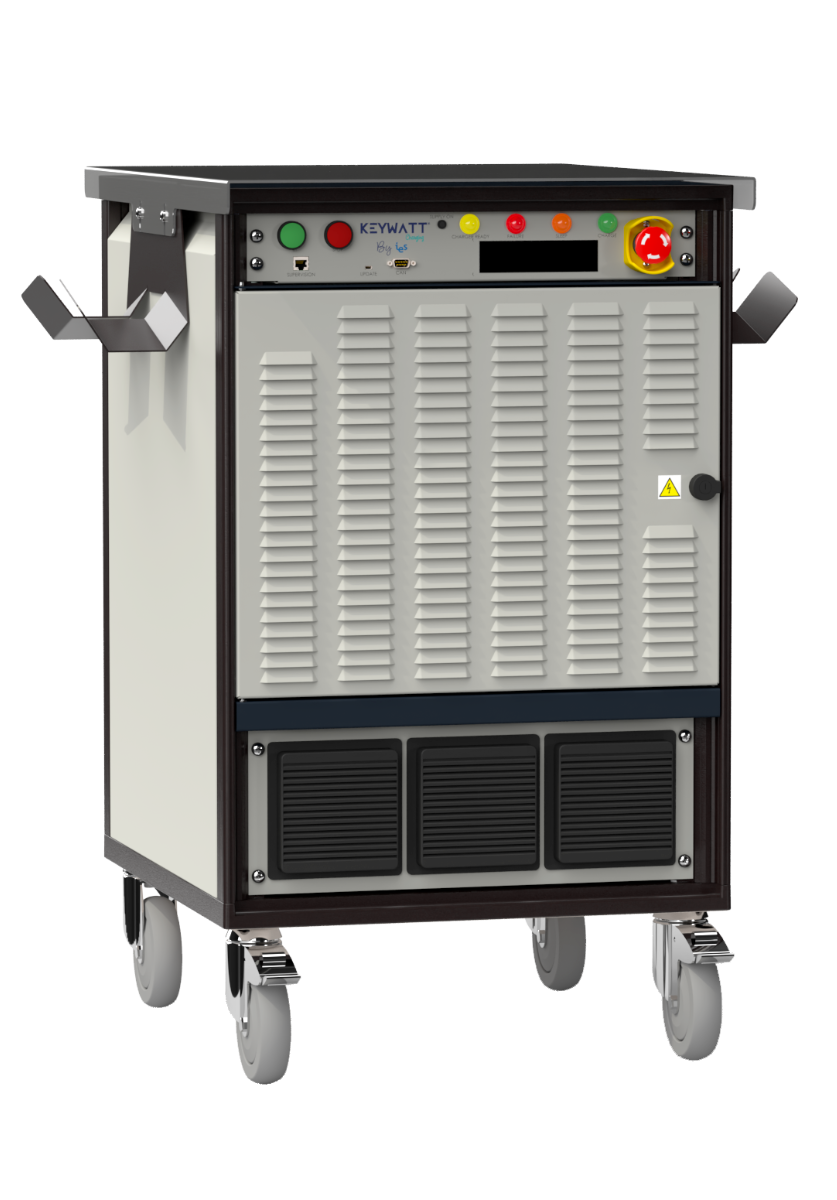
KEYWATT® C50
Developed for manufacturers, their laboratories, factories, and repair centers. A product with numerous references worldwide, equipped with interchangeable connectors and modifiable communication protocols.
- Mobile Charger.
- A wide variety of available, interchangeable cables.
- Adapted to the needs of EV manufacturers.
- Certified for Europe and North America

SERVICES
We ensure proper installation, availability and operation of charging stations in the field, thanks to a qualified tech team, available 5 days a week. We place customer satisfaction at the heart of our business strategy.

TRAINING
Training sessions to ensure the maintenance of KEYWATT® charging stations at our IES Synergy training center, online or on-site
CUSTOMERS USE CASES
Marty

An active interoperability collaboration between IES, Marty, Energys and Renault Trucks with Keywatt S180 charging station to recharge trucks.
Green Yellow

Destination charging for our customers, under solar panels, made possible thanks to the right product, Keywatt S24 and its double modem channels.
Jaguar Land Rover

Keywatt W24 in all Jaguar dealerships in Italy – a success because suitable to each location (no electric power increase) thanks a DC wallbox, while being competitive in the market!
Brest Métropole

The transformation of mobility in Brest Métropole for the electric buses at the Kergonan site thanks to the Keywatt S180, with its ease of use and modular architecture significantly improving the user experience and service.
Carrefour Market

Great collaboration between IES & Driveco on supplying multiple locations with Keywatt S50 and S180, Carrefour branded.
![]()
CONTENT HUB NEWS
IES Synergy shines internationally
CONTENT HUBIES Synergy, specializing in charging solutions for electric vehicles, closed the year...
IES Synergy trains its partner FIRAL
CONTENT HUBIES Synergy is training its partner FIRALP in the installation and maintenance of our...
IES Synergy expands its range of charging stations
CONTENT HUBIES Synergy is at the forefront of the design and development of charging stations,...
It ‘s :
15 000 +
Installed charging stations
1 140 000 +
On board chargers

1 300 M
CO2 tons avoided
ABOUT IES SYNERGY
Electric Vehicle Charging Stations: Catalysts for the Mobility of Tomorrow
In a world where the energy transition is more relevant than ever, electric vehicle (EV) charging stations position themselves as key elements of this revolution. With the exponential growth of the EV market, the demand for reliable and efficient charging solutions is constantly increasing, offering promising prospects for sector players, like IES Synergy.
IES Synergy, a French pioneer in the manufacture of charging stations, is at the heart of this dynamic. Our commitment to quality, reliability, and interoperability of our products reflects a deep understanding of the diversified needs of different customer segments. The charging solutions offered by IES Synergy, particularly through our Keywatt technology, are designed to adapt and evolve with the EV ecosystem, thus offering an optimal user experience.
Innovation is at the core of IES Synergy’s strategy. By constantly investing in research and development, the company aims to offer cutting-edge charging technologies, including ultra-fast charging solutions and even solar-powered stations. This visionary approach anticipates technological developments and adapts to the changing demands of the market.
The adoption of charging stations also offers significant commercial opportunities for businesses. Not only can we improve our brand image as eco-responsible players, but we can also generate new sources of revenue. Whether for companies offering charging services to the public or those providing charging solutions for their employees, EV charging stations represent a strategic investment for the future.
However, the implementation of these solutions is not without challenges. Initial cost, energy management, and integration into complex environments are all potential barriers. IES Synergy, with its expertise, offers practical solutions to overcome these obstacles, thus enabling companies of all sizes to actively participate in the transition to more sustainable mobility.

CONTACT & QUOTE



